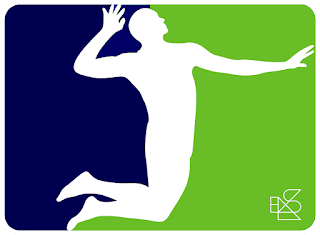Decision Making (Part 2)
But what if 'the right amount' is only 50% of the information available? And that 'right amount' makes it clear that a particular decision is the right one. This is ok - right?
What about the other 50% of the information available. What if someone else had that information and it actually was clear, that the the opposite decision was the right one.
Who is right? Who is wrong?
The answer is, of course, that neither is wrong. This scenario happens all the time, and it creates two problems:
- having made your decision, you don't accept that there are plausible alternatives that others may have
- having gained more information, you don't revisit your decision and change it if it is no longer valid
(Photo Credit)



There is a solution to this Problem:
ReplyDelete37% search time
https://en.wikipedia.org/wiki/Optimal_stopping
and herer
https://medium.com/the-long-now-foundation/solving-hard-decisions-1dabb1dbd14b
Thanks for that Matthew. Very interesting. From how I read the links the key is working out the best time to stop or decide. The problem in sport is that you rarely get to decide when you have to decide.
Delete